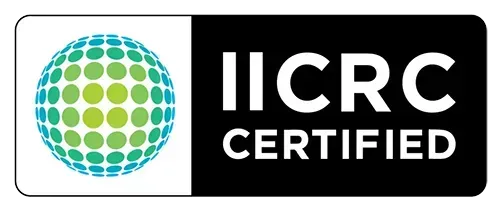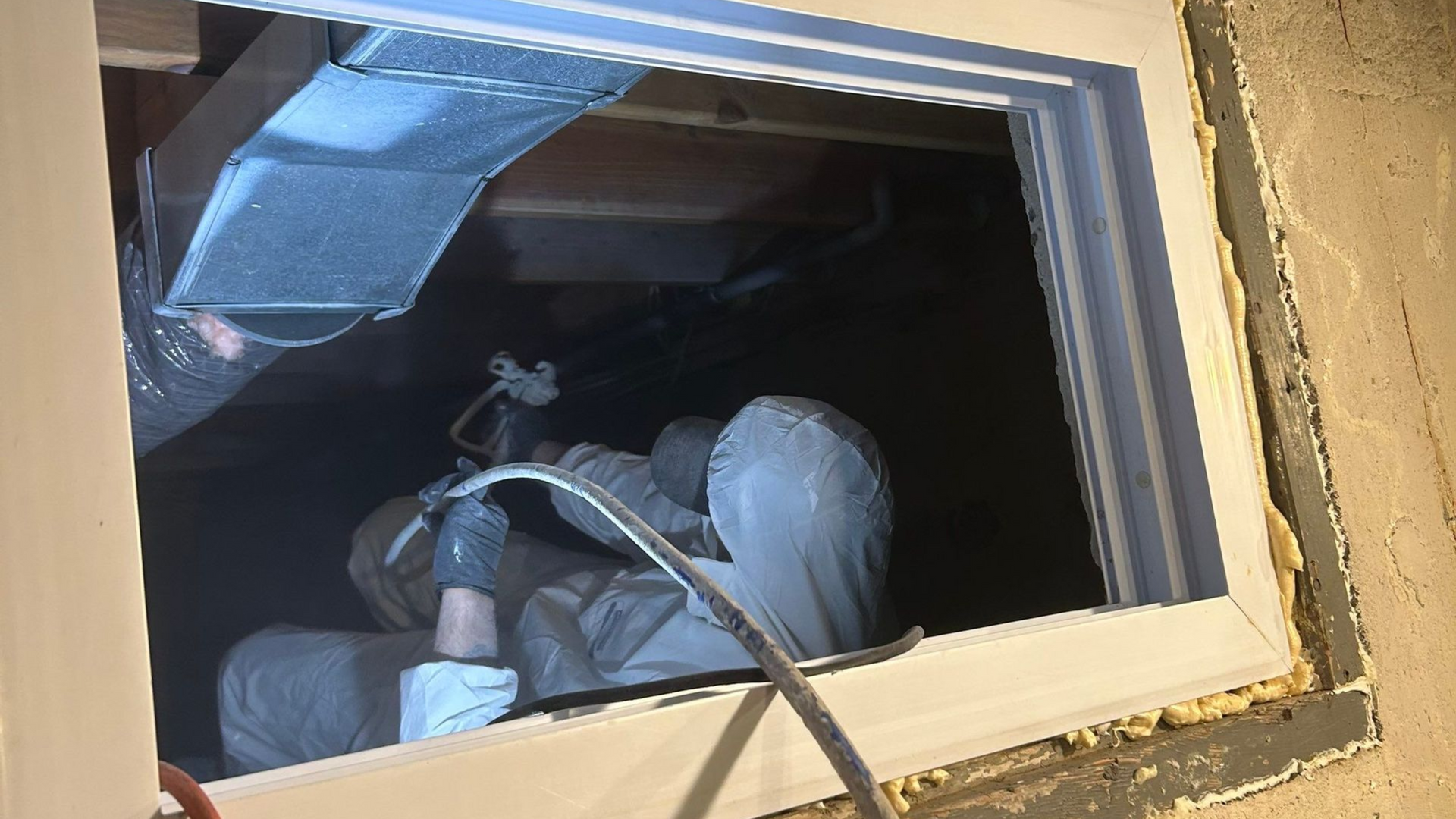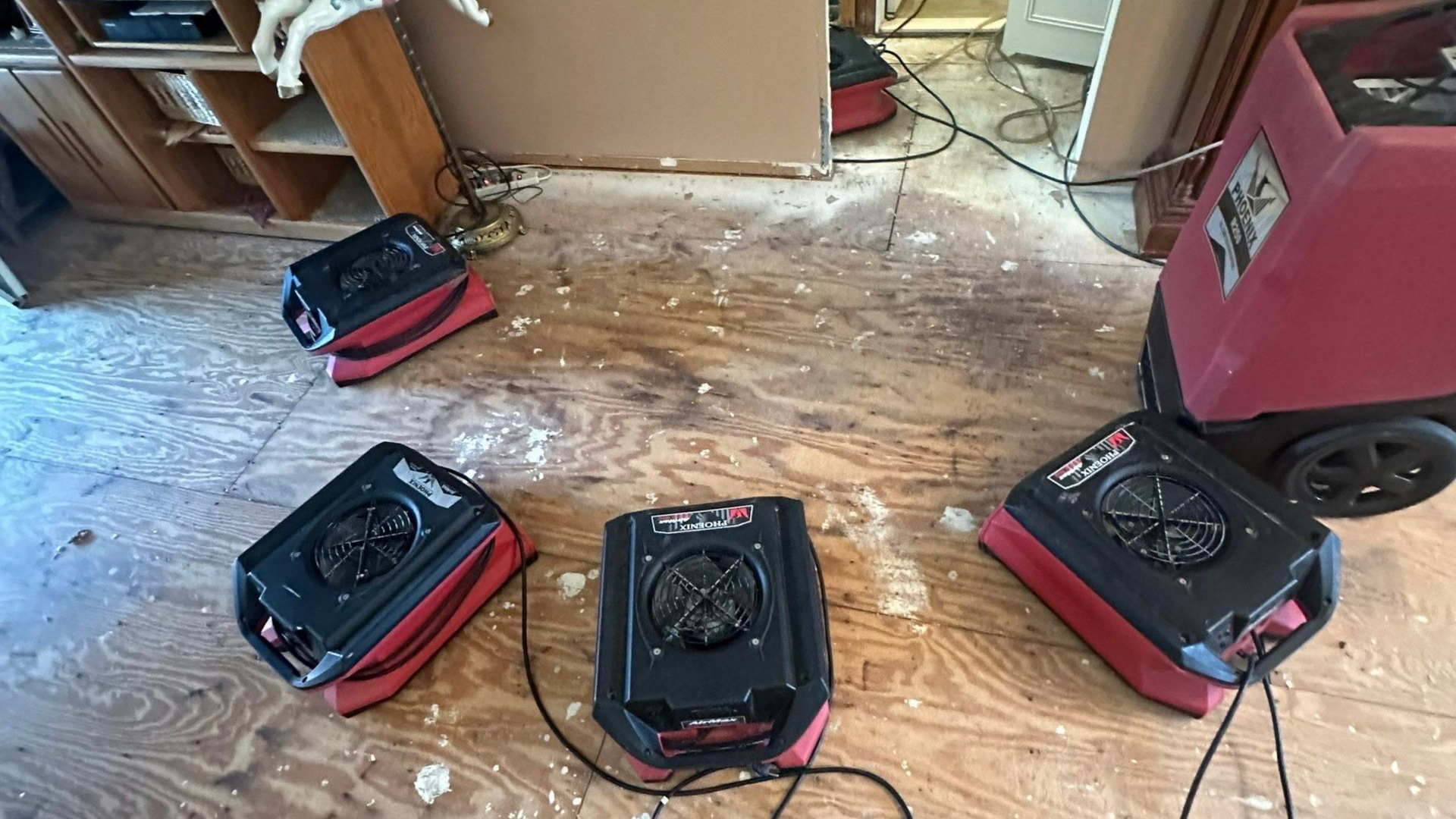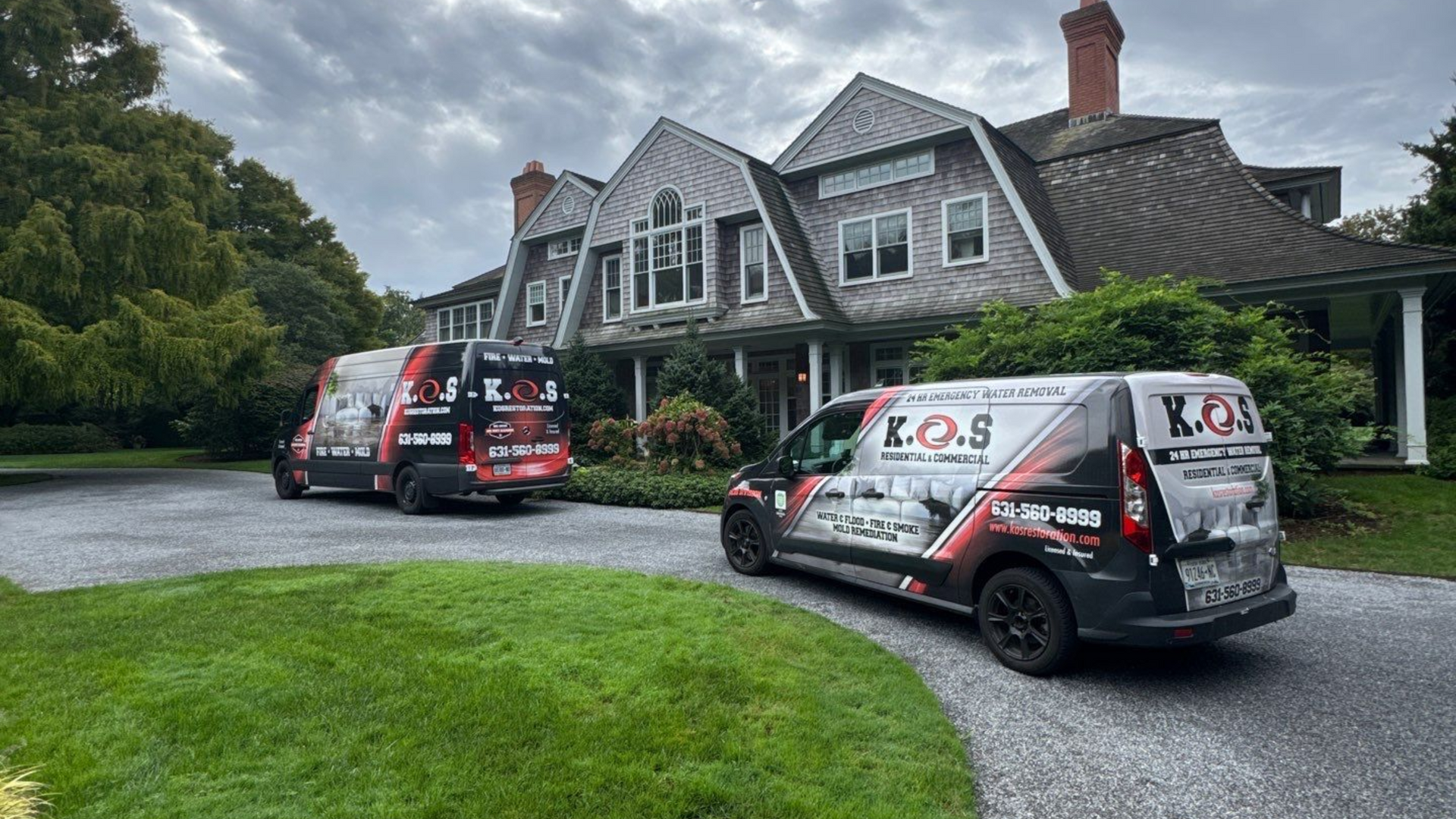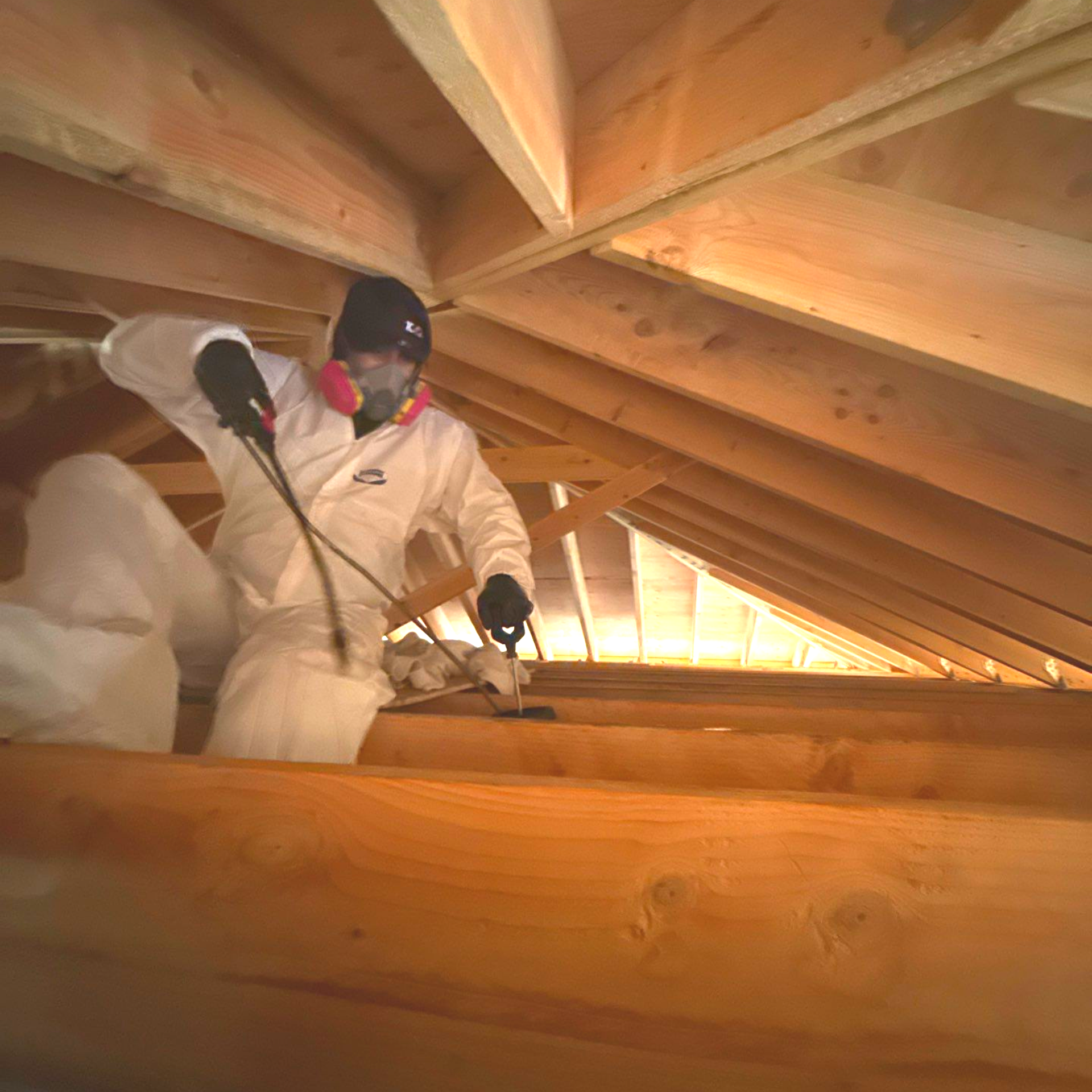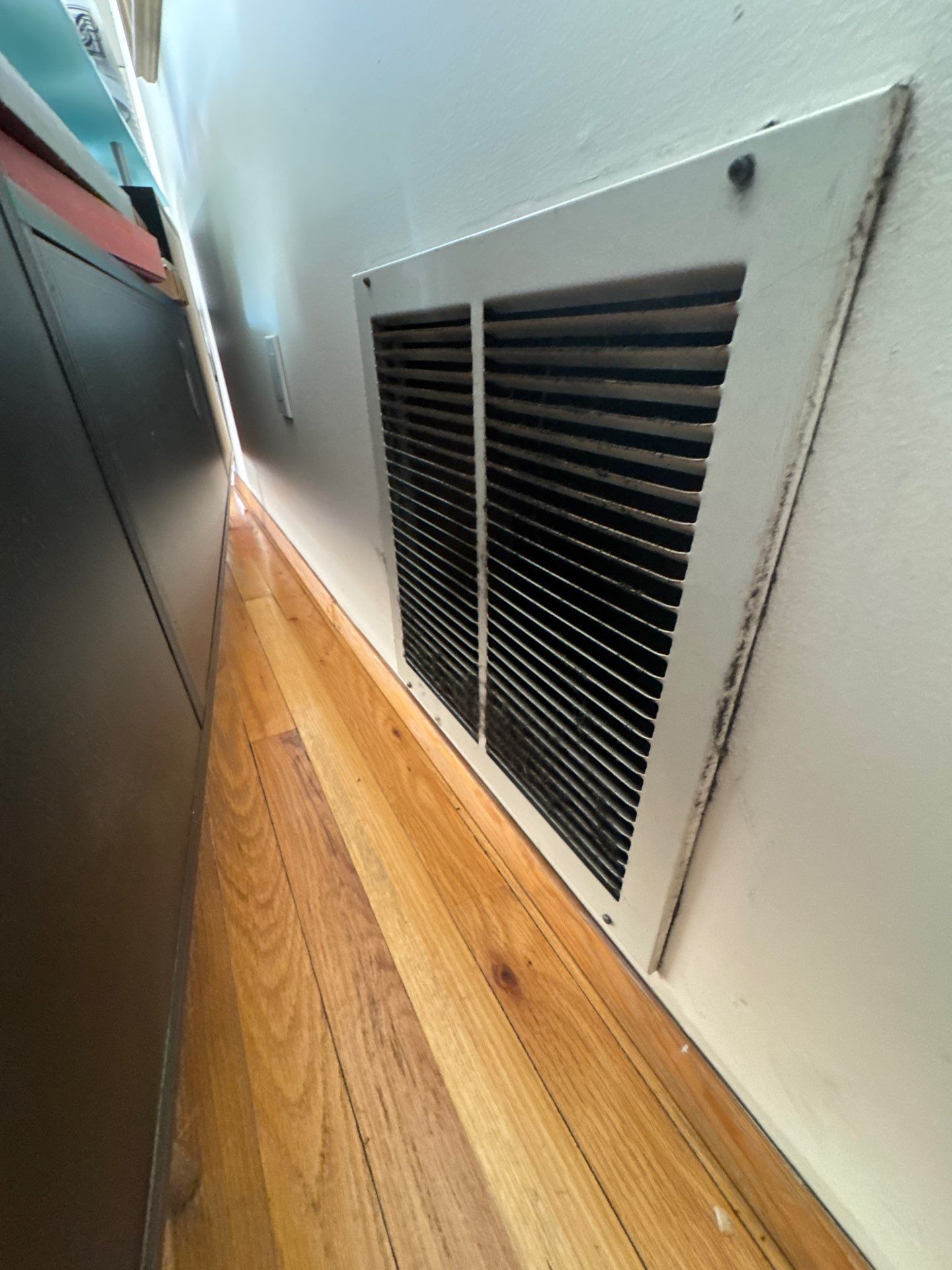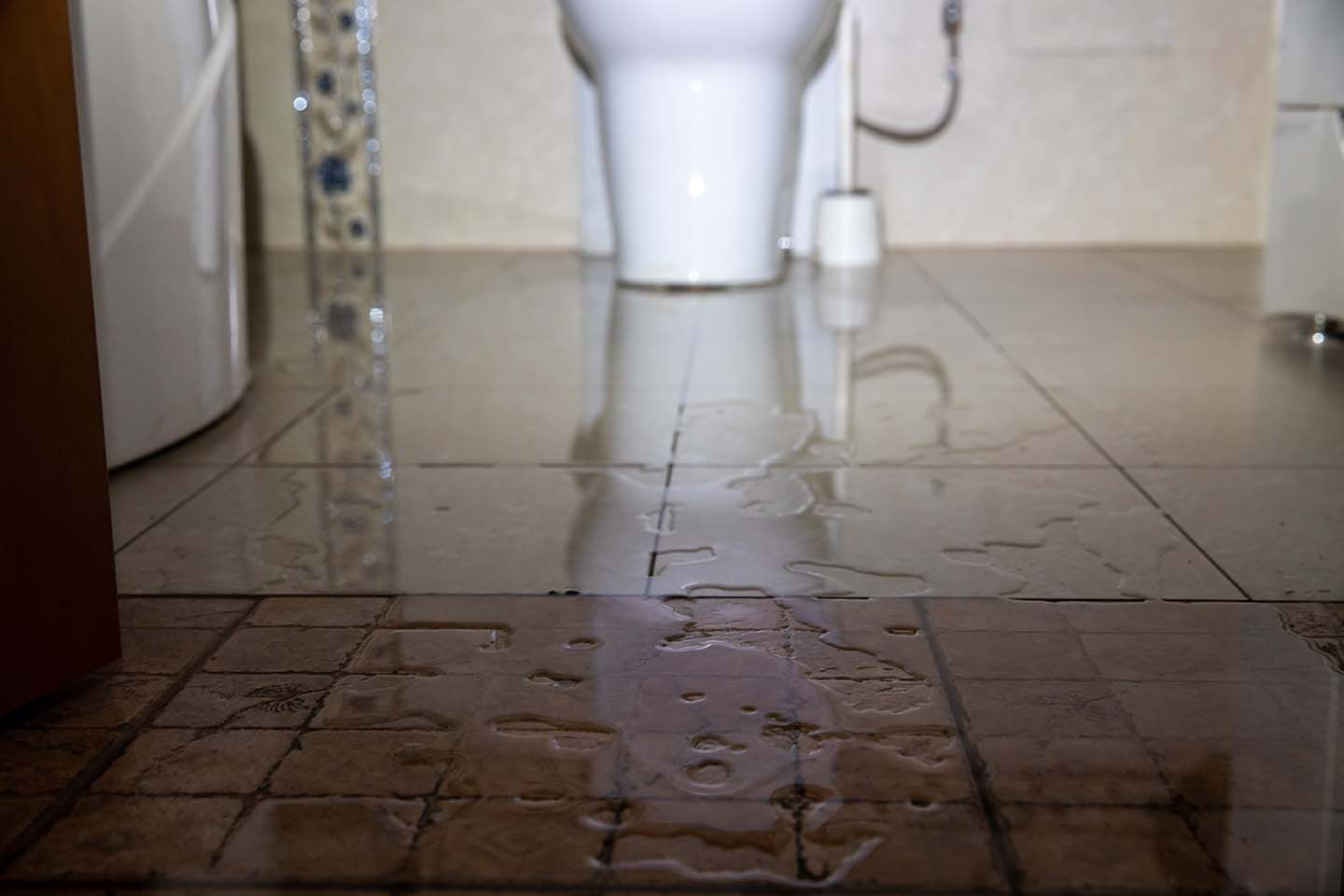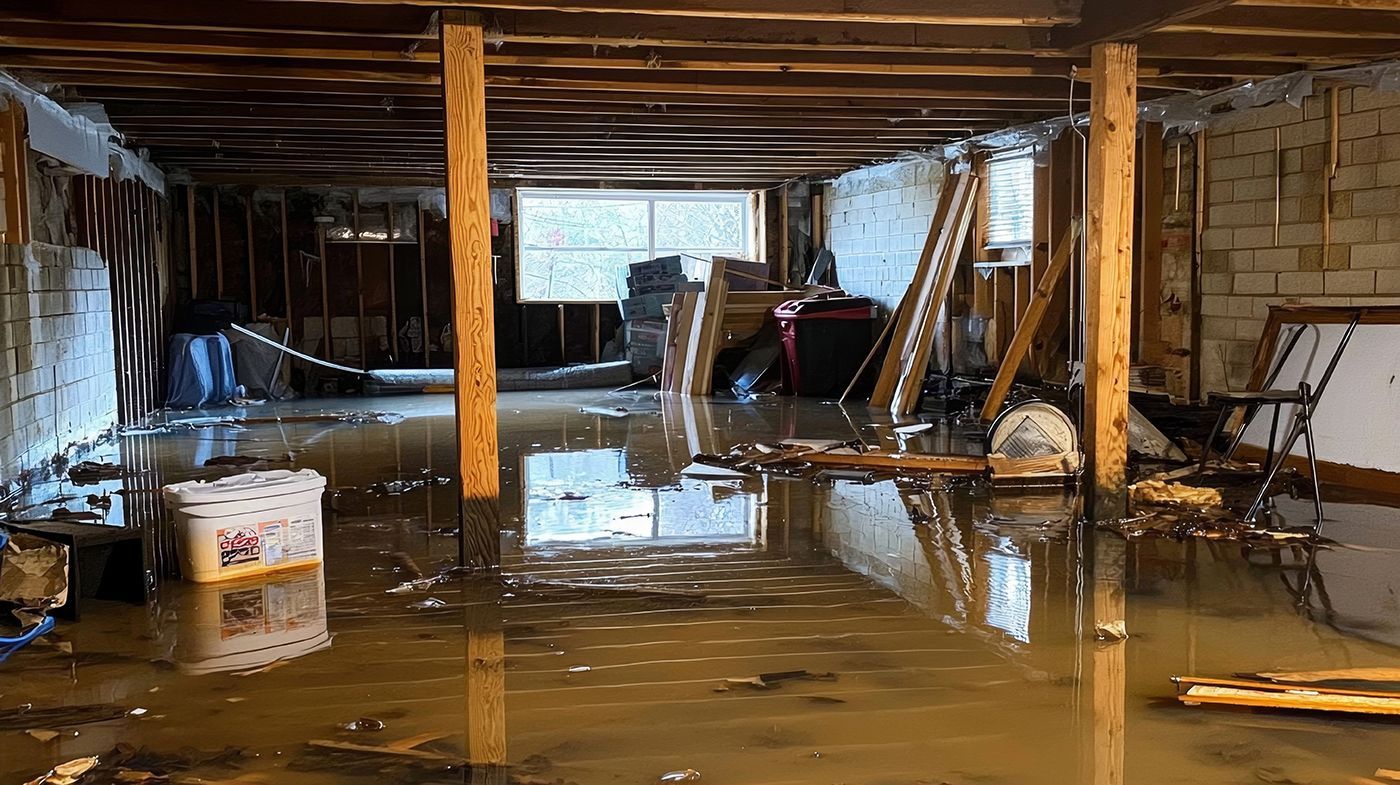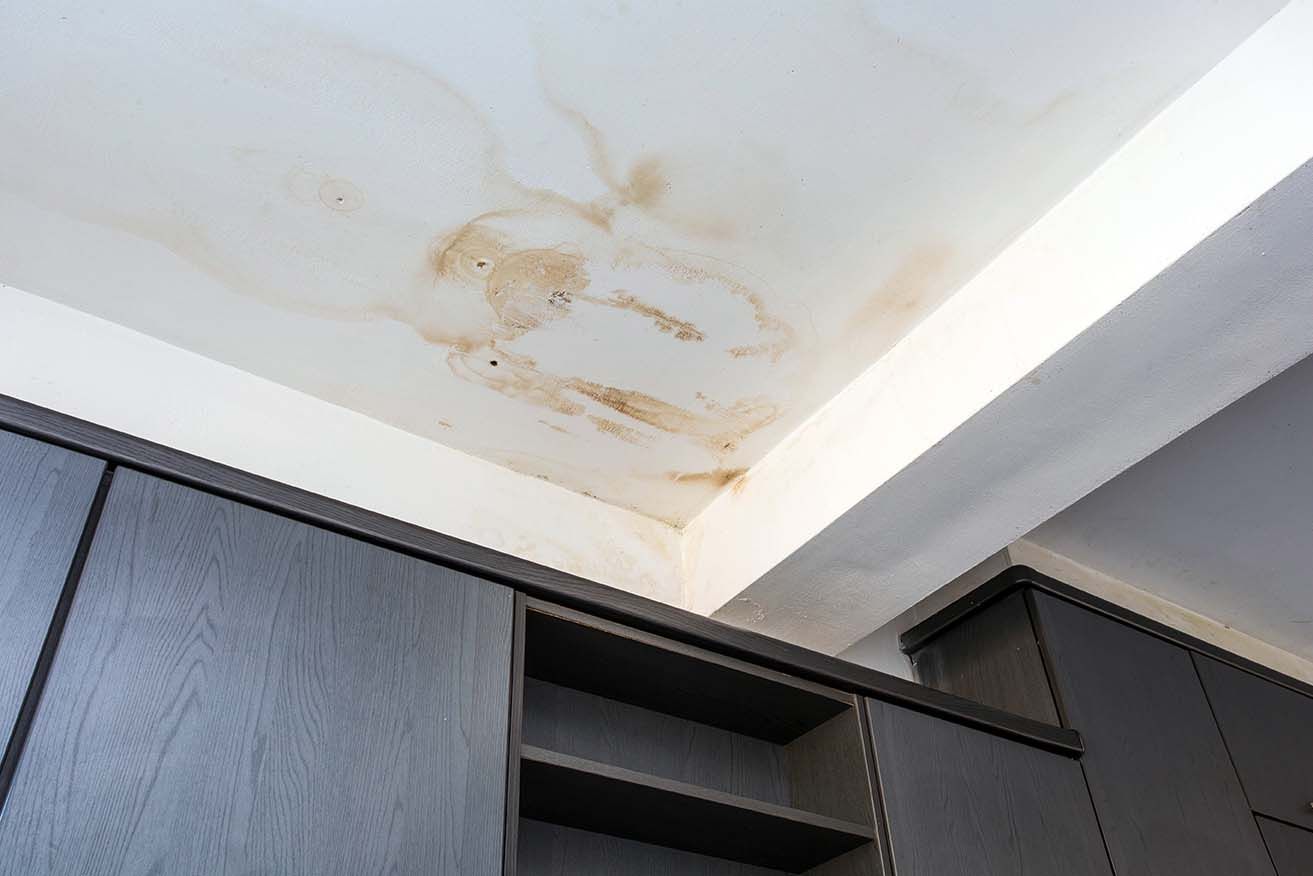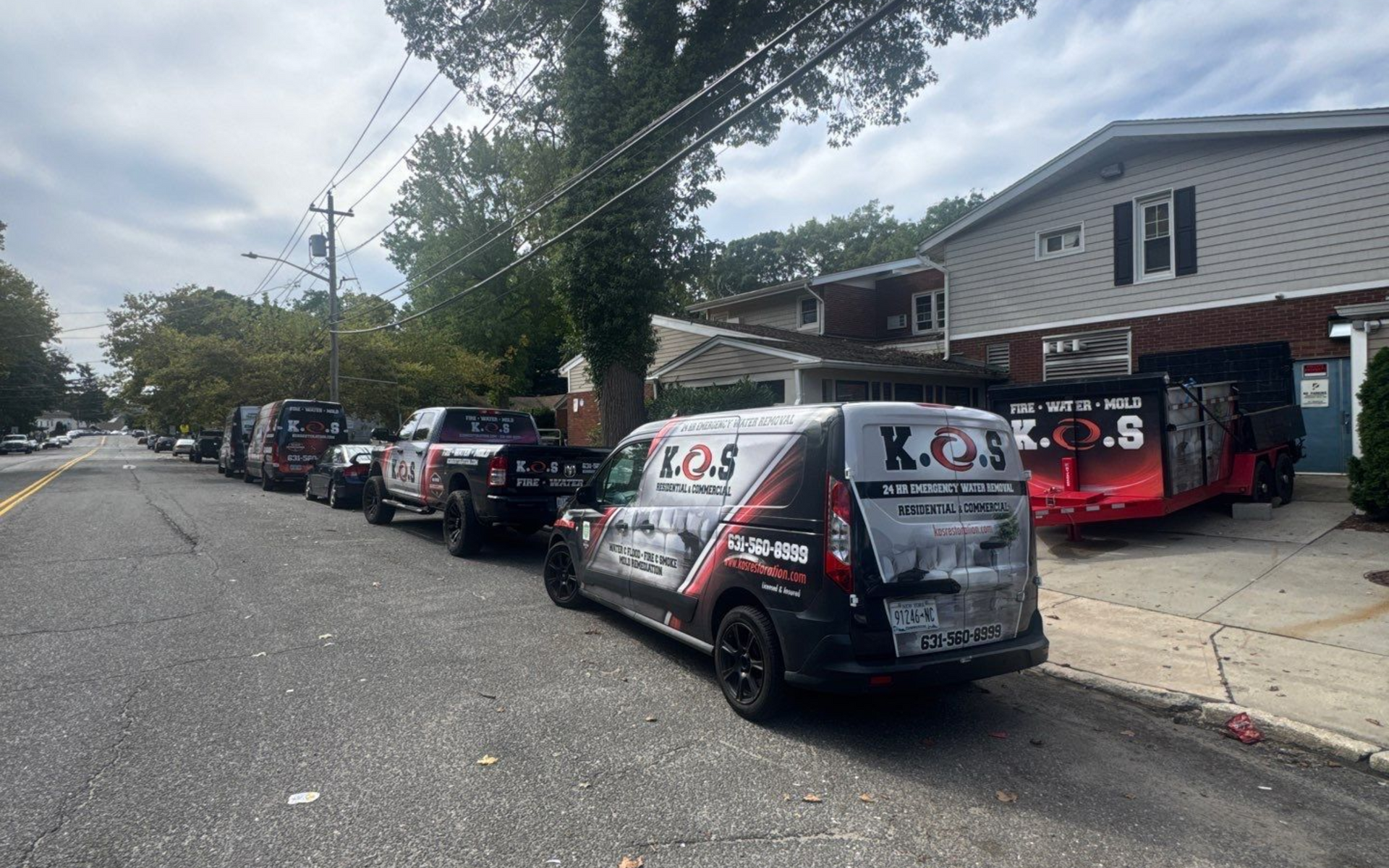What Is Mold Encapsulation?
How Does Mold Encapsulation Differ From Mold Removal?
If you’re dealing with mold in your home or business, you’ve probably come across terms like "mold removal" and "mold encapsulation." While both methods are vital in addressing mold, they serve different purposes. At K.O.S. Restoration, we've been providing IICRC Certified mold services on Long Island since 2006, and we’re here to help you understand the options available.
Mold encapsulation is a specialized process where a sealant is applied over mold-affected areas, preventing mold spores from becoming airborne and spreading. It's an excellent solution for specific situations, especially when complete mold removal isn’t possible or practical. But how does it differ from mold removal, and when should you consider encapsulation for your home or business?
Mold Encapsulation vs. Mold Removal
Mold removal is exactly what it sounds like—completely removing mold from a structure. This process involves thoroughly cleaning, scrubbing, and often replacing contaminated materials like drywall or flooring. It’s typically the most comprehensive method of handling mold, ensuring the source of the issue is physically eliminated.
However, mold encapsulation works a bit differently. Instead of removing the mold, encapsulation seals in the mold with a specialized coating, trapping the spores and preventing them from becoming a hazard. This method is highly effectivewhen complete removal is either too costly or the mold has grown in areas that are difficult to access, such as within walls or in crawl spaces.
While mold encapsulation can stop further spread and protect your indoor air quality, it’s important to note that it is usually done after addressing the source of moisture that caused the mold in the first place. At K.O.S. Restoration, we’ll evaluate the extent of the mold problem and help you determine whether encapsulation, removal, or a combination of both is the best solution for your situation.
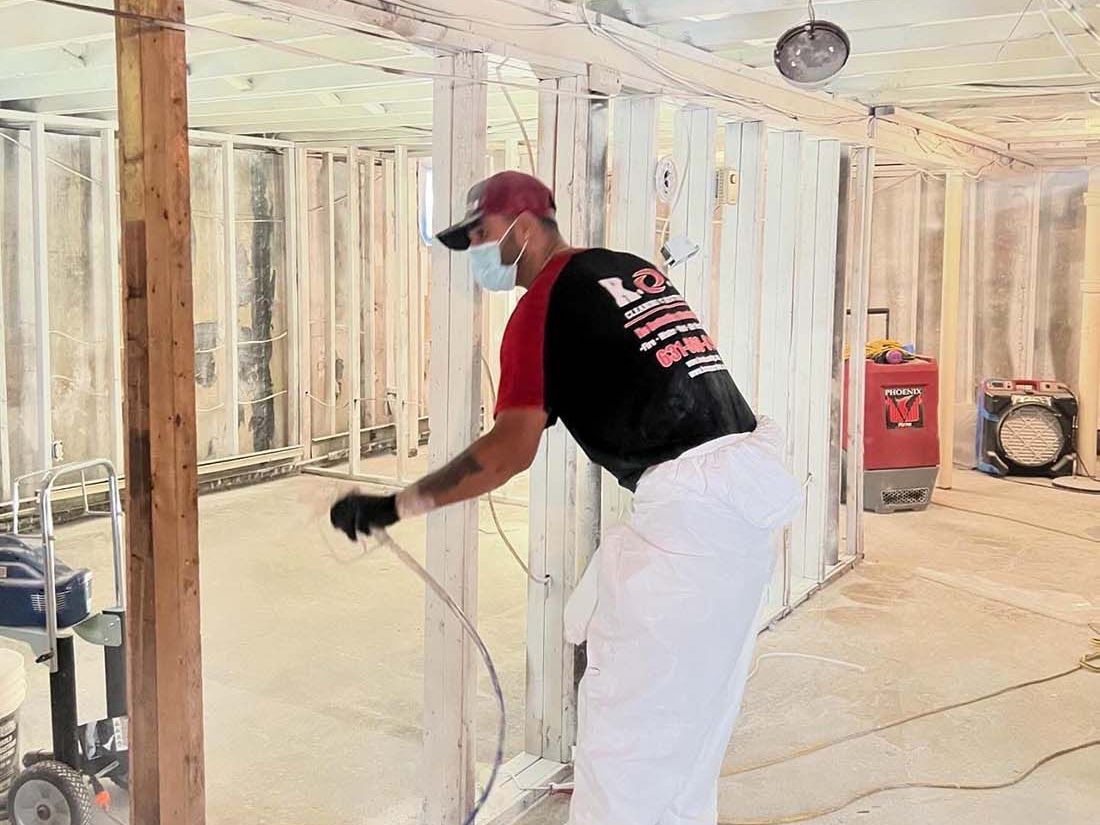
Why Mold Encapsulation Could Be Right for You
If your mold problem is located in hard-to-reach places or the mold is relatively dormant and not actively spreading, encapsulation may be the perfect option. Some benefits include:
- Cost-effectiveness: Encapsulation is often less expensive than full mold removal, especially for areas that are tough to access.
- Quick and efficient: With the right tools and materials, mold encapsulation can be done quickly, minimizing downtime in your home or business.
- Long-term protection: High-quality encapsulants create a durable barrier that can protect your property from future mold outbreaks.
When you choose K.O.S. Restoration, you’re choosing a top-rated company with years of expertise. We pride ourselves on providing the best mold services on Long Island, ensuring your home or business is safe, clean, and free from harmful mold spores.
Our IICRC Certified Mold Services
We’re proud to offer IICRC Certified services, which means we follow the highest standards in mold remediation and encapsulation. We’ve been helping homeowners and businesses on Long Island since 2006, and we’ve built our reputation by delivering reliable, effective mold solutions. When you work with us, you’re not just getting a contractor—you’re getting a partner who cares about the long-term safety of your property.
Our process begins with a thorough inspection of the affected areas. Once we determine the best course of action, we’ll explain every step of the process, whether it involves mold encapsulation, removal, or a combination of both. Our goal is to ensure you feel confident and secure in the solution we provide.
Preventing Mold Growth After Encapsulation
One of the most important factors in mold control is preventing future growth. Mold thrives in damp, humid environments, which is why addressing the moisture source is crucial. We’ll work with you to identify any leaks, condensation, or ventilation issues that may have led to the mold problem in the first place.
After encapsulation, it’s essential to monitor humidity levels and keep your home well-ventilated. Simple steps like running a dehumidifier or ensuring proper airflow in areas like bathrooms and basements can help prevent mold from coming back.
At K.O.S. Restoration, we don’t just stop at fixing the immediate issue—we aim to give you peace of mind by helping you maintain a mold-free environment long after the job is done.
Why Choose K.O.S. Restoration?
We know that dealing with mold can be stressful. That’s why we’ve made it our mission to provide friendly, professional service you can count on. With over a decade of experience, we’ve become Long Island’s go-to experts for mold encapsulation and remediation. Here’s why clients trust us:
- Certified and experienced: As an IICRC Certified company, we adhere to the industry’s highest standards.
- Proven track record: We’ve been serving Long Island since 2006, earning a reputation for reliability, expertise, and outstanding customer service.
- Tailored solutions: Every mold situation is unique, and we take the time to provide a solution that fits your needs and budget.
- Commitment to safety: We use safe, effective methods that protect your property and your health.
Whether you’re dealing with a small area of mold or a larger, more complex issue, we’re here to help. Visit our service page here to learn more about our mold encapsulation services and how we can assist you.
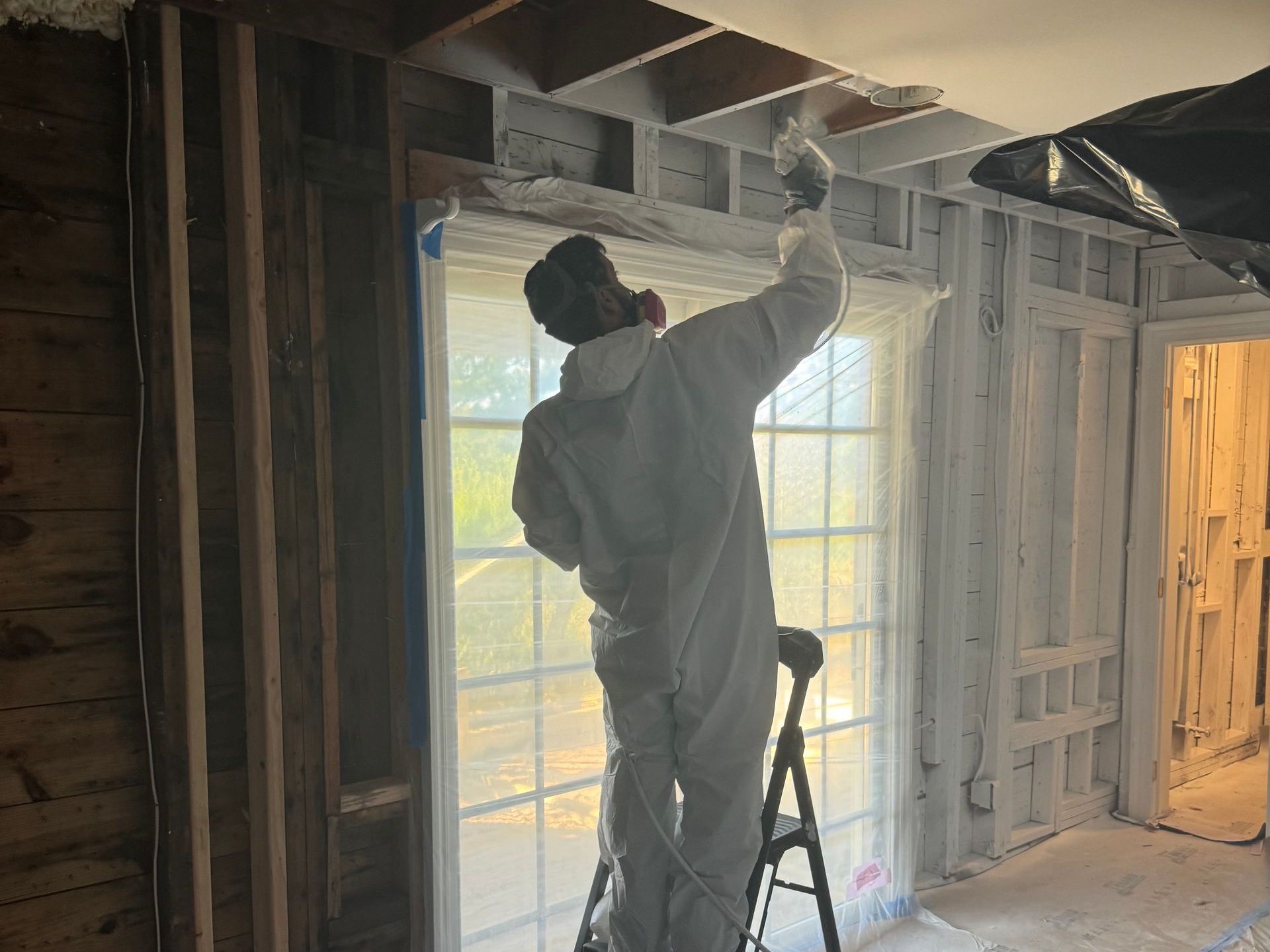
FAQs
What’s the difference between mold encapsulation and mold removal?
Mold removal involves physically removing mold from your home or business, while mold encapsulation seals in the mold to prevent it from spreading. Both methods are effective, depending on the situation.
Is mold encapsulation a permanent solution?
While encapsulation prevents mold from becoming airborne, it’s crucial to address the underlying moisture issues. Without fixing leaks or humidity problems, mold can return.
How long does the mold encapsulation process take?
The duration depends on the size and complexity of the affected area. However, the encapsulation process is generally quicker than full mold removal.
Can I live in my home during the encapsulation process?
Yes, in most cases, you can remain in your home. Encapsulation is a relatively non-invasive process, and we take care to minimize any disruption to your daily life.
Will mold encapsulation eliminate the mold smell?
Encapsulation can reduce odors, but if there’s a persistent musty smell, additional cleaning or remediation may be necessary.
How do I know if mold encapsulation is right for my situation?
At K.O.S. Restoration, we’ll assess your mold issue and provide expert guidance on whether encapsulation or removal is the best option.
